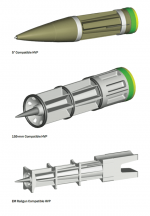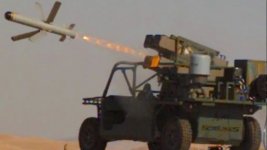For the highlighted part I honestly don't see a Heavy Brigade happening. I think Tanks and heavy APC's are waaaayyyy down on the capabilities shopping list for the foreseeable future. It doesn't help that those items are offshore purchases.
What could possibly be done though is a properly-equipped and fully manned LAV-based Medium Brigade and an air-transportable Light Brigade.
The M777's could be grouped into a single Artillery Regiment to support the Light Brigade. It could have 3 x 8-gun Batteries or 4 x 6-gun Batteries for a total of 24-guns with enough left for training and spares. Having 4 x Batteries would allow three Batteries to rotate readiness in line with the 3 x Light Infantry Battalions and have the 4th for deployment in Latvia (or wherever else it might be needed).
In my mind then the Medium Brigade would go for a LAV-mounted indirect fire weapon for commonality of vehicle and mobility. If it was felt that sticking with the M777 across the board was more important than fleet commonality then maybe we could go for something like the M777 Portee (
http://www.military-today.com/artillery/m777_portee.htm). I haven't seen any proposals for a LAV-based M777 system so likely there are weight issues with that concept.





